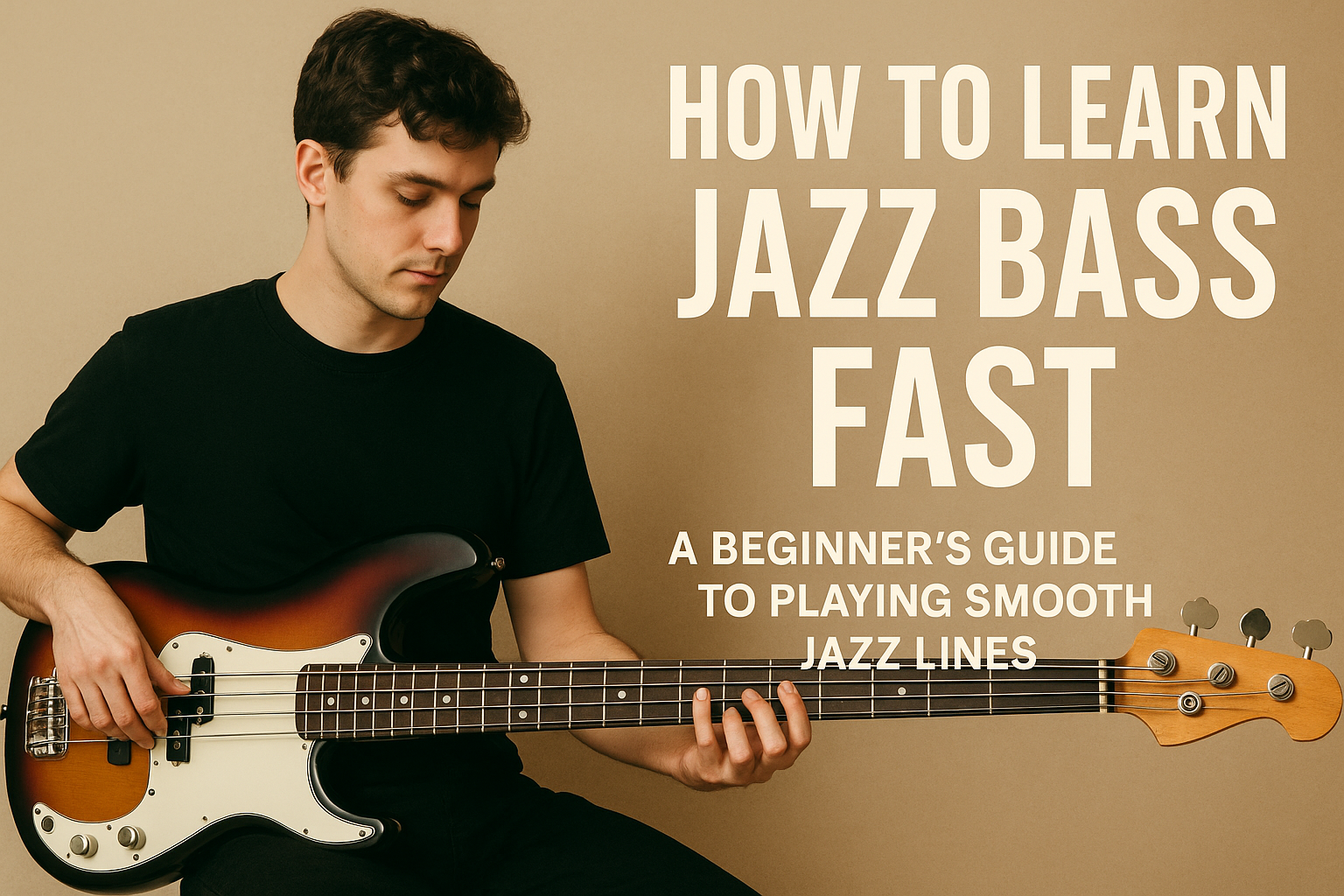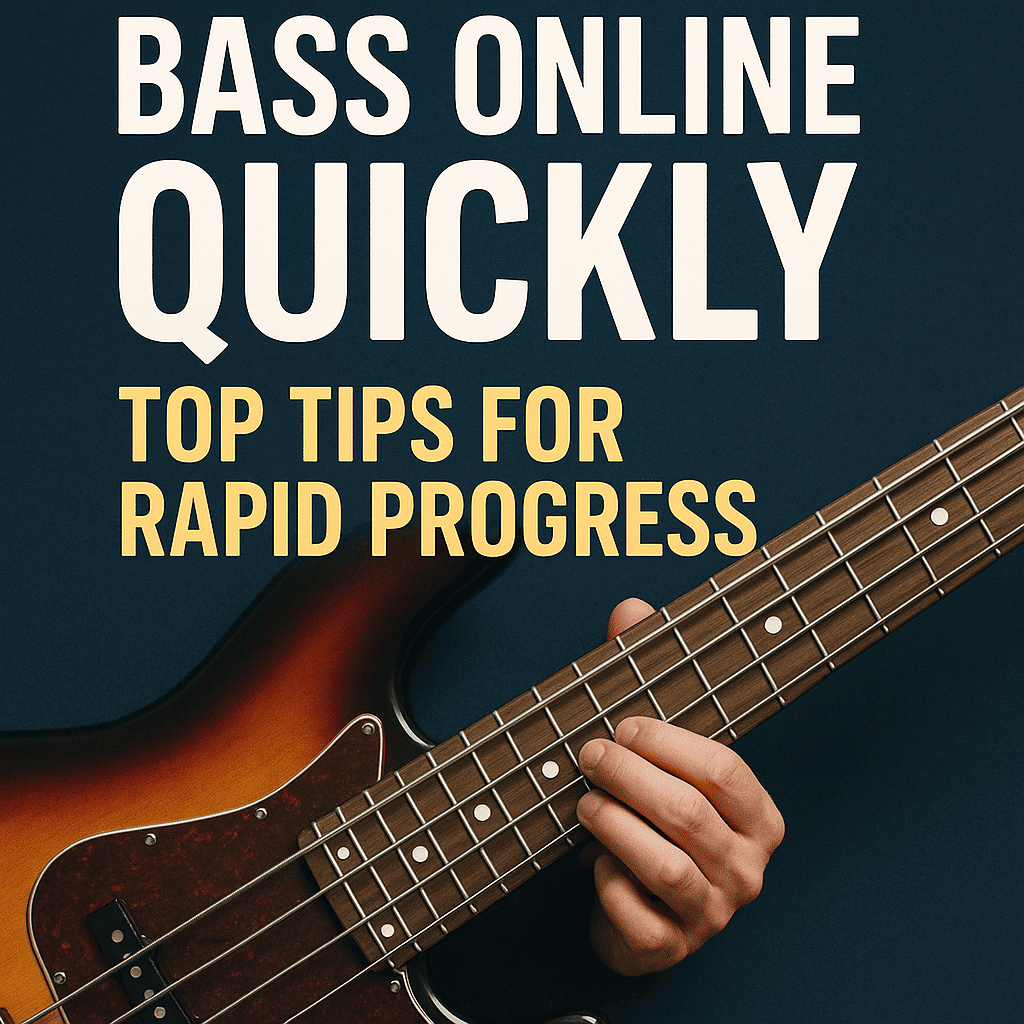Are you a budding bassist eager to dive into the rich, resonant world of the double bass? Whether you’re just starting or looking to sharpen your skills, learning quick double bass techniques is the fastest way to gain confidence and groove like a pro. This guide is tailored for double bass for beginners who are serious about achieving fast double bass mastery through smart practice, proven techniques, and a few insider tips from the pros.
Why Choose the Double Bass?
The double bass, also known as the upright bass or contrabass, forms the backbone of many genres—from classical and jazz to rockabilly and blues. Its deep tones add a foundational groove that no other instrument can quite replicate. But mastering it isn’t about brute force; it’s about finesse, feel, and applying the right techniques from the start.
________________________________________
1. Proper Posture & Setup: The Foundation of Speed
Before diving into quick double bass techniques, ensure your posture is on point. Proper stance reduces fatigue and helps you move efficiently across the fingerboard. Stand with your feet shoulder-width apart, and let the bass lean comfortably against your body. Your left-hand thumb should rest behind the neck, and the right-hand fingers should hover naturally over the strings.
✅ Pro Tip: Good setup is 30% of fast double bass mastery—don’t skip it!
________________________________________
2. Left-Hand Fingering Drills
One of the best double bass for beginners tips is to focus on clean, accurate fingering. Use the “1-2-4” fingering system in the lower positions. This approach increases speed while reducing strain.
Practice Drill:
• Start with a slow scale (like G major), using only 1st, 2nd, and 4th fingers.
• Repeat with a metronome, increasing the speed gradually.
🔁 This simple drill is a gateway to fast double bass mastery.
________________________________________
3. Right-Hand Plucking Techniques
For pizzicato (plucking), the key to speed is economy of motion. Anchor your thumb on the side of the fingerboard and alternate your index and middle fingers for faster passages.
Practice Exercise:
• Practice open string plucking at increasing tempos.
• Focus on smooth finger transitions.
If you’re moving toward jazz or swing, practicing walking bass lines with consistent timing is essential. It’s not just about being fast—it’s about being rhythmically solid.
________________________________________
4. Bowing (Arco) Tips for Beginners
If you’re learning the double bass with a bow, your grip and bow pressure matter just as much as finger technique. Use a relaxed grip—whether French or German bow—and let the weight of your arm do the work. Practicing long, even bow strokes helps develop control before adding speed.
🎻 Add bowing drills to your routine to complement your quick double bass techniques.
________________________________________
5. Scale Sequences for Speed Building
Scales are not just a warm-up. They’re your training ground for finger strength, shifting, and intonation. But rather than just running up and down, try scale sequences:
• Play the scale in groups of three notes (e.g., C-D-E, D-E-F, etc.)
• Add rhythmic variations like triplets and dotted notes
• Use a metronome to track your speed improvement
🚀 Practicing scales in this way accelerates your path to fast double bass mastery.
________________________________________
6. Shifting Techniques for Seamless Transitions
Shifting can make or break your fluency on the double bass. Here’s a drill to get smoother:
• Practice slow slides (glissandos) between positions
• Mark your positions on the neck until your muscle memory kicks in
• Combine shifting with simple scale runs for added challenge
🔄 Remember, shifting with ease is key to mastering quick double bass techniques.
________________________________________
7. Ear Training and Playing By Feel
Even beginners can start training their ear. Try playing simple melodies by ear. This not only builds musicianship but also reinforces your fingerboard knowledge. Ear training supports faster improvisation and lets you react quickly in live settings.
🎶 This builds real-time reaction—a crucial skill in fast double bass mastery.
________________________________________
8. Practice Smart, Not Hard
Consistency trumps duration. A 20-minute focused session daily with metronome work, shifting drills, and finger independence exercises will yield better results than a two-hour unfocused jam.
Create a practice schedule:
• Warm-up: 5 min
• Scales/Technique: 10 min
• Songs/Lines: 5 min
⏱️ Make each session count for progress in double bass for beginners.
________________________________________
9. Explore Styles: Jazz, Blues, and Rockabilly
Once you’ve nailed the basics, test your skills in different genres. Each style offers unique technical demands and rhythmic patterns:
• Jazz: Walking bass lines and syncopation
• Rockabilly: Slap bass technique
• Blues: Repetitive groove patterns and soulful phrasing
Learning across styles sharpens your versatility, contributing to fast double bass mastery.
________________________________________
10. Record Yourself and Get Feedback
Use your phone to record practice sessions. Listening back will reveal nuances you might miss in the moment. Better yet, share your clips with a teacher or in online forums to get constructive feedback.
📹 This fast-tracks your learning and improves your quick double bass techniques.
Frequently Asked Questions (FAQs)
Q1. How long does it take to master the double bass?
A: For double bass for beginners, basic playing can be achieved in 3-6 months with regular practice. Fast double bass mastery takes 1-2 years of consistent training.
Q2. What are the best quick double bass techniques to learn first?
A: Start with the 1-2-4 fingering system, open string plucking, and slow shifting drills. These build a solid technical foundation.
Q3. Is the double bass harder than electric bass?
A: It requires more physical effort and technique, but the principles are similar. With a focus on quick double bass techniques, you can progress smoothly.
Q4. Can I learn double bass online?
A: Absolutely! Plenty of courses cater to double bass for beginners, and many focus specifically on fast double bass mastery through bite-sized video lessons.
________________________________________
Final Thoughts
Mastering the double bass doesn’t have to take decades. With the right mindset, focused drills, and the application of quick double bass techniques, you can accelerate your journey toward fast double bass mastery. Whether you’re laying down jazz grooves or backing up a blues band, the double bass offers endless musical possibilities.
So pick up that bow, pluck those strings, and dive into the deep end—because the groove starts with you.







